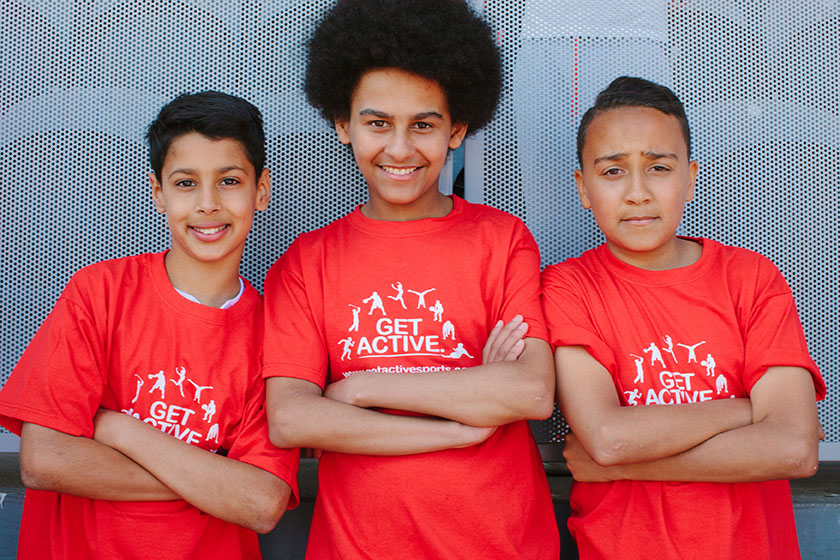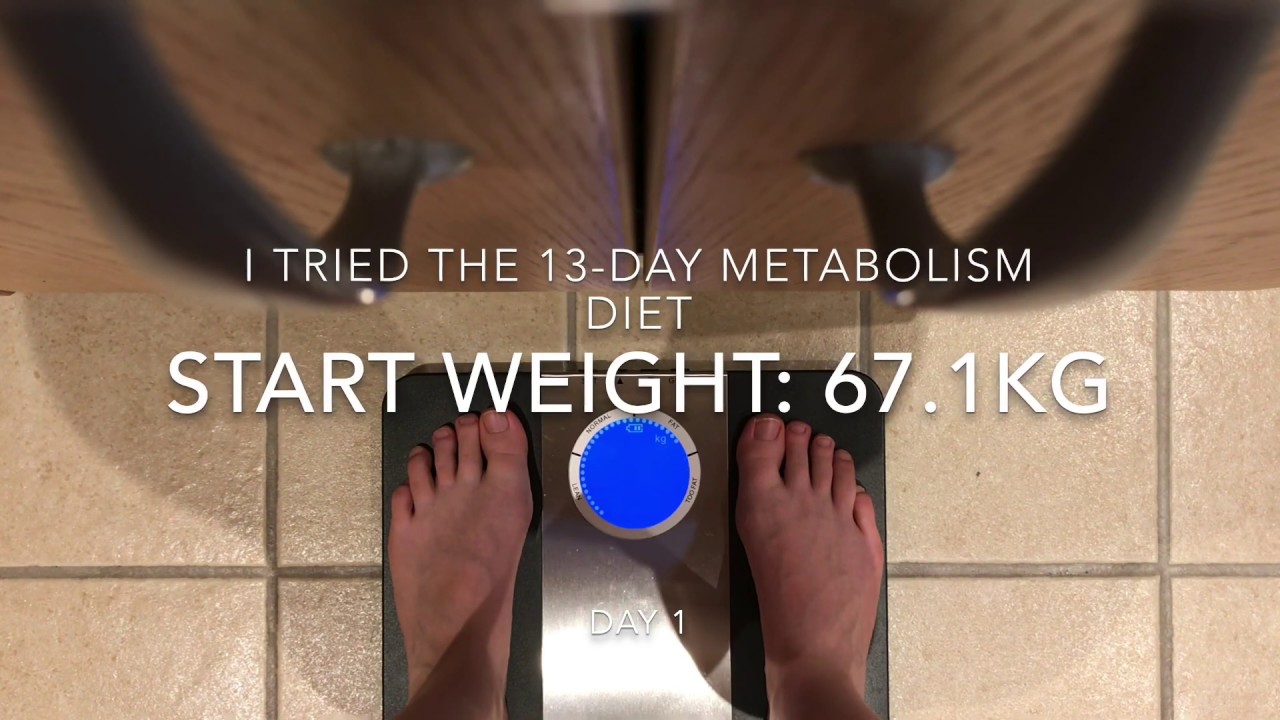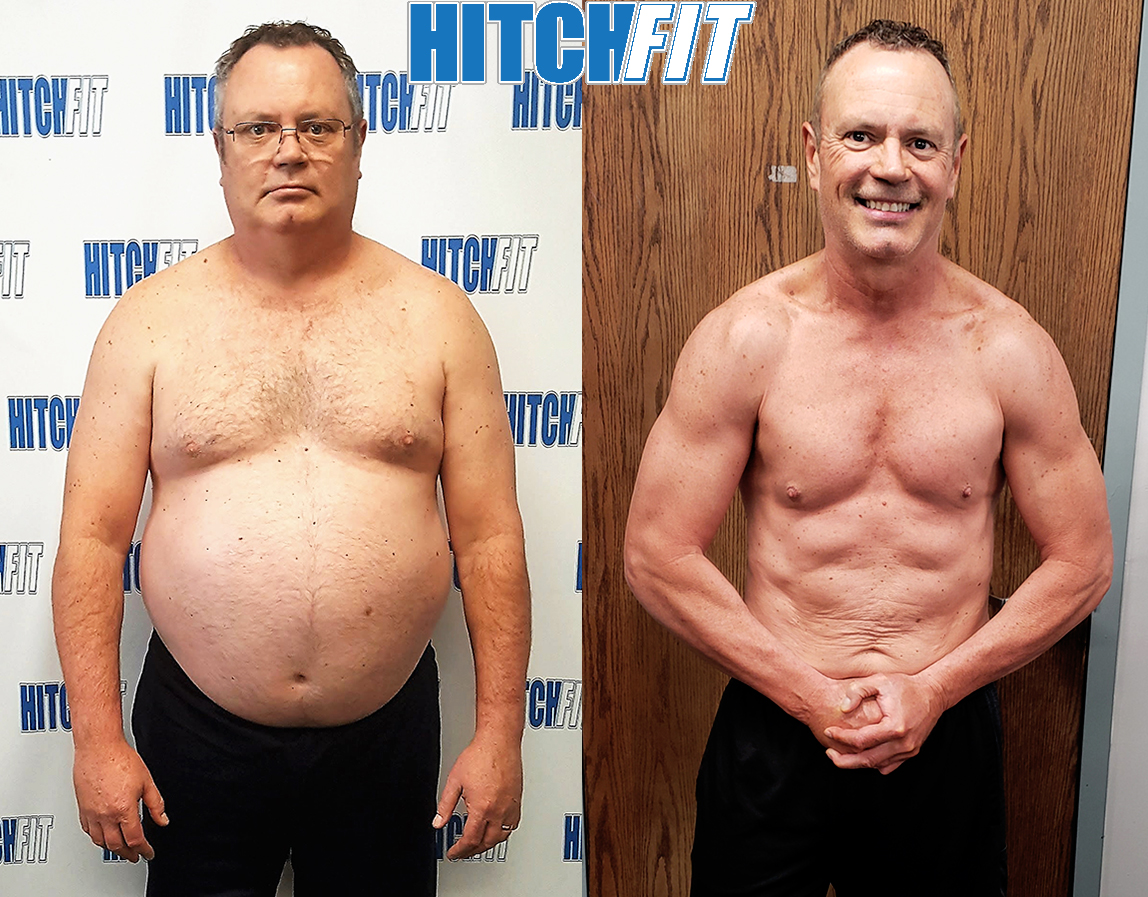
High intensity interval training (HIIT) is a high-intensity workout that improves your metabolic rate and anaerobic performance. The intense training can also result in an increase of your post-exercise fuel expenditure, also known as excess post-exercise oxygen consumption. According to some studies, HIIT burns more calories than a 40-minute run.
HIIT burns calories faster than a 40 minutes run
HIIT is much more effective than steady-state exercises and is better for your body and mind. HIIT is easier to maintain than long runs or walks. You can also burn more calories in a shorter time. It is possible to maintain high intensity for 20 seconds, making it a popular choice for busy people. This method is more efficient than running or walking for 40 mins.

It improves anaerobic performance
HIIT (High Intensity Interval Training) is a type cardio workout in which the body uses the stored glucose it has in its muscles to fuel itself. The body also makes lactic acids as a byproduct. Sprinters, for instance, feel tired quicker than long distance runners due to the increased lactic acid production by their muscles. It is essential to increase your preload in order to get maximum performance during this type exercise.
It boosts metabolism after exercising
You can increase your metabolism through exercise by increasing your oxygen consumption after a workout. The duration of this increased oxygen intake can vary depending on the intensity and duration of exercise. This boost to your metabolic rate is the result of your body's efforts to repair itself after intense physical activity. It does not mean that you will lose more calories because of an increase in oxygen use after a workout. The increased oxygen intake is necessary to cool down, repair, and return to a resting state. Your body will have to work harder to obtain the oxygen it needs, increasing resting metabolic rate.
It decreases visceral weight
While strict calorie intake can reduce visceral fat, subcutaneous fat can mask its effects. In order to know how much weight your body is losing and the intensity of your exercise, you should keep an eye on your BMI. You may lose weight by combining exercise and low-carb eating. Be aware that losing weight will not make you a better person.

It increases oxygen consumption
High intensity interval Training (HIIT), increases post-exercise oxygen consumption, and decreases body fat. It can also increase the production of growth hormones, and other compounds that may influence fat loss. The study revealed that high-intensity interval exercise increased oxygen intake by 25%. Training with high intensity may have other health benefits. It reduces heart rate and lowers blood pressure for obese and overweight individuals.
FAQ
What should I eat when I fast intermittently to lose weight
To lose weight, the best thing to do is cut back on carbs. This means avoiding bread, pasta, rice and potatoes as well as other carbohydrate-based foods.
It is important to eat less protein, as it will keep you fuller longer. This will ensure that you don't feel hungry as frequently.
Instead, focus on foods that contain healthy fats, such as olive oil, avocado, nuts, and seeds. These foods are satisfying and will keep your hunger at bay for hours.
It is important to drink enough water. Water helps you to stay hydrated which makes it easier for you to lose weight.
This could be because you find you really crave these foods when fasting. However, you don't have the right to succumb to these cravings. If you do, you could gain more weight than you lost.
Try to limit how many calories you eat each day. This will help prevent you from overeating. Instead of reaching for another snack, sip a glass of water when you feel hungry.
It might sound counterintuitive at first, but it has been shown that this can help you slim down. According to a study published in Obesity, participants consumed fewer calories if they drank plain water rather than sugary beverages.
In addition, drinking plain water helped reduce feelings of hunger. Don't drink sweetened beverages if your goal is to lose weight. Stick to water.
To lose weight, you don’t have to count calories or restrict certain foods. Instead, make small lifestyle changes.
Start by switching your regular breakfast sandwich for a bowl oatmeal. Try swapping your afternoon cookie to a piece or fruit.
These easy changes can help you lose weight and keep your kitchen clean.
How can busy people lose their weight?
The best way to lose weight is by eating less and exercising more.
If you eat too much food, you'll gain weight. Exercise is important to lose weight. If you combine these two simple behaviors, you can lose weight.
What is the best exercise for weight loss?
There are many factors that impact the amount you exercise to lose weight. Most people need to exercise at least 30 minutes five days a weeks.
The American College of Sports Medicine recommends 150 minutes of moderate-intensity aerobic activity each week, spread over three days.
To lose 10 lbs, you should aim to exercise 300 minutes each week. This includes activities such brisk walking and swimming laps, bicycling, dancing, playing tennis or golfing, hiking, running, jogging and other similar activities.
If you're just starting out, consider doing 20 minutes of vigorous activity thrice weekly. That could include activities like lifting weights, sprints, jumping rope, or fast walking.
Aerobic exercise helps to build muscle mass and burn calories. Muscle burns more calories than fat does. Building muscle and losing weight can help you reach your goals faster.
Why is exercise important for weight loss?
The human body is an incredible machine. It's designed to move. Move your body to stay healthy, whether you are running, swimming, biking or lifting weights.
Exercise is good for your health and helps you tone your muscles. This makes you feel better physically and mentally. Exercise is an important part of weight loss.
-
Exercise can increase metabolism. When you're active, your body will use energy. When you move, your heart beats quicker, blood flows to your muscles, oxygen is absorbed by your lungs, and blood flows faster to your muscles. All of these activities are energy-intensive. When you are exercising, you burn extra calories by increasing your metabolic rate. Calories refer to how much energy you use during physical activity.
-
Exercise reduces appetite. When you work out, you will naturally eat less calories.
-
Strengthen your body through exercise Muscle tissue takes more energy to work than fat tissue. So if you build lean muscle mass, you will need less food to maintain your current weight.
-
Exercise releases endorphins. Endorphins can make you happy. When you exercise, they are released into the bloodstream. Endorphins block pain signals from reaching the brain, according to studies. This results in a feeling of wellbeing.
-
Exercise improves self-esteem. Exercise is a great way to boost self-esteem. People who exercise regularly live longer and healthier lives.
Start small to lose weight. These tips can be added to your daily routine.
Statistics
- According to Harvard Health, it's estimated that a 155-pound (70-kg) person burns around 167 calories per 30 minutes of walking at a moderate pace of 4 mph (6.4 km/h) (5). (healthline.com)
- According to a study sponsored by the American Council on Exercise, a person weighing around 140 pounds (64 kg) would burn 108 calories at a 30-minute beginner's Pilates class or 168 calories at an advanced class of the same duration (26). (healthline.com)
- Another study found that 24 weeks of weight training led to a 9% increase in metabolic rate among men, which equated to burning approximately 140 more calories per day. (healthline.com)
- It's estimated that half of all American adults attempt to lose weight every year (1Trusted (healthline.com)
External Links
How To
How to Intermittent Fasting
Intermittent fasting refers to a diet where you only eat one day per semaine, typically Monday through Friday. The goal is to decrease your overall calories and still get adequate nutrition. This helps you lose fat more quickly than if it were your normal meals for the entire week.
The most common form is to limit calories for certain days. This would mean that you skip breakfast each morning, and then eat whatever food you like throughout the day. You can also opt to eat three small meals a day instead of two large.
There are many types of intermittent fasting. There are pros as well as cons to each form of intermittent fasting. Alternate-day fasting is the easiest method to get started because it doesn't require any significant lifestyle changes. However, some people find it difficult to stick to a strict schedule like this, so they might prefer to try other methods first.
If you are interested in starting an intermittent fasting regime, I recommend beginning with alternate-dayfasting. This will allow to slowly transition to more extreme fasting regimens without drastically changing your lifestyle.